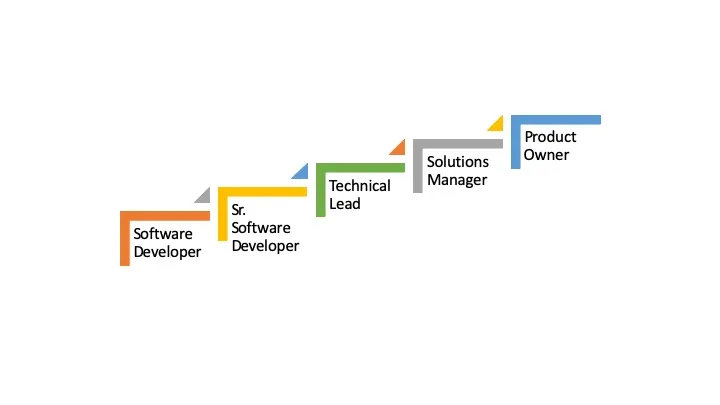What Defines a Modern Talent Management System? 10 Essential Features

A recent survey on most valued features on HRMS conducted by our specialists have found that Career Planner will be the highlight of the year 2020, following performance reviews obviously!
HRMSs continue to expand their role at every level of an organization’s operation and management. They provide an ever-growing array of functions that not only perform the basic tasks of calculating payroll, vacation, other time off, and reward management but also, they create and manage different types of tasks like hiring, onboarding, performance reviews, and goal setting and tracking.
Some HCM systems use artificial intelligence in different ways to assist in predictions, like career planning, employee retention, and support decision making and career planner has definitely become a rising star as more and more organizations now want to hire internally first especially for the senior positions.
HRM systems are becoming the lifeblood of modern agile and growing organizations. (Read here why it is difficult to compare the different HCM). They interact with both employees and managers in many ways to improve performance, tracking, monitoring, communications, recognition and culture wellness. More and more the HCM is a multi-dimensional fabric that makes life easier, progressive and fulfilling. One of those ways is assisting employees with career planning.
Career Planning Processes are a significant aid in helping employees understand their relative position within the organization, the opportunities that are available to them and the paths to take to achieve evolving career goals.
Career planning systems provide comprehensive processes that rely on master HRIS information to identify employee skills, competencies, training, position, and other employee profile data. They also use information about the organization’s structure, hierarchy, position descriptions, and skills requirements. Any employee can log into the planning system and view his own profile of skills and experience in context with templates for different paths.
Employees can view their own selection of a career pathway, which is a sequence of steps that defines a typical career journey within the organization. Career pathways are usually defined along the lines of “tracks”, such as a “Technology Track” or a “Sales Track”.
For example, a Technology Track for a software developer might look like the following

For each node in the career pathway, the employee can visualize the comparison between his current profile of skills, competency and training and the requirements at each node. While the pathway tends to follow a successive template where progression is from node to node, there may be opportunities where certain qualifications allow a jump over more than one node. It is also possible for the employee to examine career pathways that are lateral. For example, suppose an individual is interested in progressing toward another pathway (e.g., software engineering to sales), the career planner will provide the gap analysis for where he might make the best entry point into the second pathway. Gaps may consist of skills, education, and training, certifications or other requirements.
Individual mathematical assessments compare the employee’s current performance and competency status against the requirements of each hierarchical or lateral new position goal. The career planner system depicts exactly what the employee needs to do to qualify for and achieve the different positions that are available.
It is worth pointing out that Career Planning is closely related to the process of Succession Planning. Many of the same ingredients are used to determine how succession should occur across an organization’s key positions. We can measure qualifications along a succession path in the same way we address gap analysis between promotion opportunities.
Career planning has many different values for the organization. The first and most obvious is the increased potential of retaining workers as career employees within the organization.
There is a value to the employee in knowing that the organization cares about his career path and is demonstrating its willingness to aid in finding opportunities for continual growth in both professional responsibility and compensation. There is a value in the fairness of the process and its ability to level the playing field for everyone. The process also helps to identify those employees who are most aggressive in exploring and pursuing their own professional progress. These individuals may be the leaders of the organization in the future.
As technology like Career Planning makes its way into the mainstream of operational and HR management there is an expanding value to the intentional direction of the organization’s culture. As the economy supports a growing job market, employees are more concerned with their own ‘ sense of fulfillment in their current job. This element of the organization’s culture has a significant bearing on aspects of its operation like workforce stability, optimum performance, acquisition and training costs reduction, and overall workplace wellbeing.
In addition to the high potential value of the Career Planner in workforce development and retention, the other components of the HRIS are also making significant inroads into the digital transformation of organization management. The concept of centralized employee data and the potential uses of that data are virtually endless. The layers of value to the functional operation, interfaces, integration, and strategic management are evolving rapidly and both HR and corporate managers at all organizational types and sizes must learn about and seek to incorporate these systemic benefits in their own operations.
P.C – Image by Peggy und Marco Lachmann-Anke from Pixabay